It’s Halloween next week and the monsters are getting very excited!
We’ve put together a competition to decorate or design a monster hat in time for All Hallows Eve.
Three winners will each receive £50 worth of Usborne books for their school.
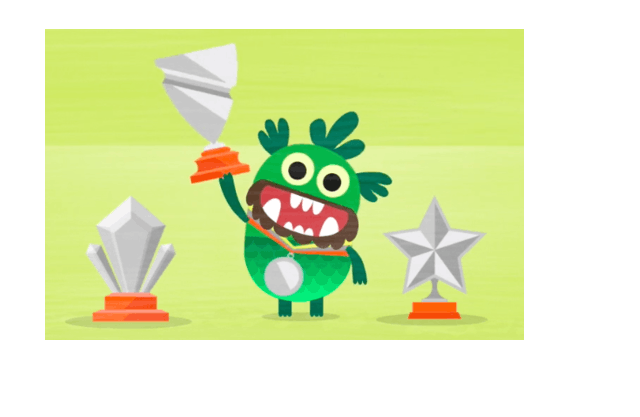
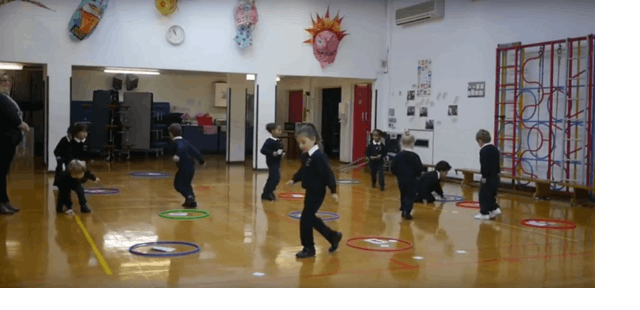
To help teachers with their phonics lessons, Teach Your Monster to Read has produced three physical phonics games. These games can be played in a classroom, hall or the playground and with a full class of children.
Find out more about the games and to print off the instructions.
We’re delighted to announce that Teach Your Monster to Read has been nominated for a children’s BAFTA.
Hooray!
The awards ceremony takes place on 22nd November in London. We’re up against some other fantastic interactive content such as, Escargot Escape Artistes, Virry and Monster Mingle. Wish us luck!
Here’s a full list of the nominations.
http://www.bafta.org/press/press-releases/childrens-awards-nominations-announced
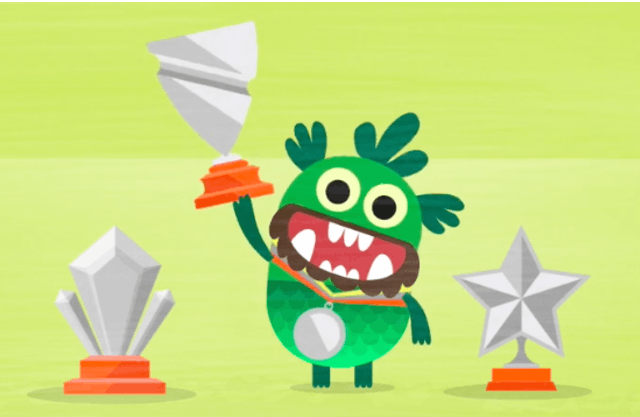
Time for a monster dance!!
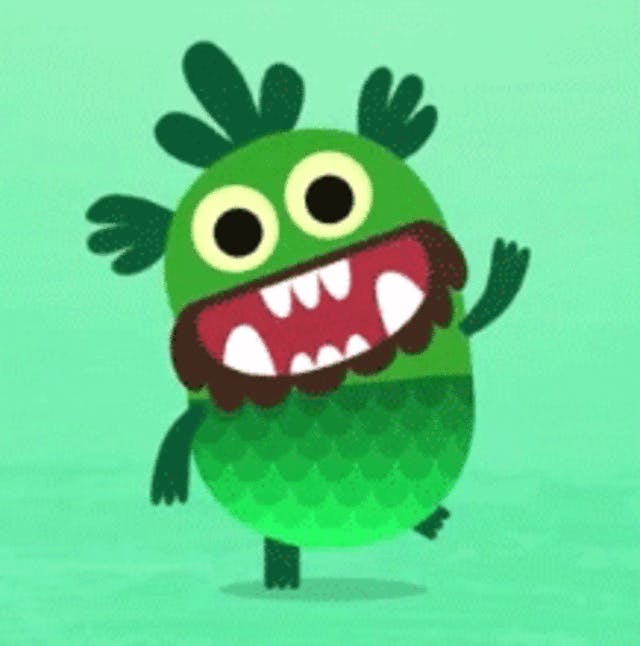
My 7 year old son has been playing teach your monster to read for several months. I can’t give enough positive feedback about this wonderful game. My son has struggled with reading since kindergarten. He is currently receiving a great deal of extra support at school to help him through his struggles. Teach Your Monster to Read is an incredibly engaging game that keeps my son learning and having fun at the same time! I feel a huge deal of relief when its “time to read” by having this game available to us. My son has made noticeable improvements with reading in the past couple of months. I have to credit this game for much of it. As every parent and teacher knows, its so important to promote learning by helping them enjoy the process!! Thank you Teach Your Monster to Read for helping my son by keeping it fun and exciting, but at the same time challenging!
Lee Ann Cook from Western Massachusetts
Sign up to www.teachyourmonstertoread.com
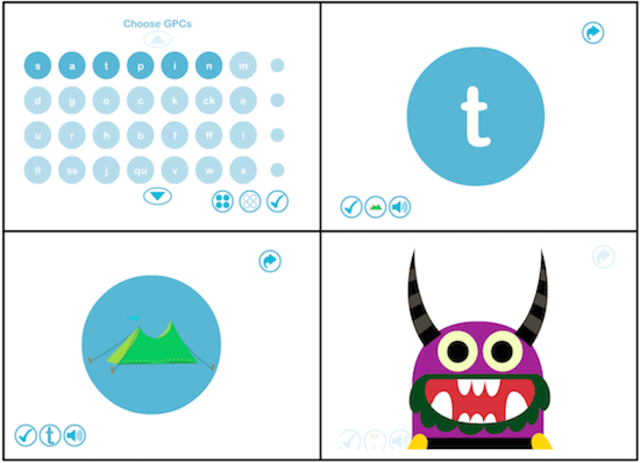
To help teachers into the new term, Teach Your Monster to Read have launched a digital flashcard resource which you can use on a computer or interactive whiteboard.
These monster flashcards are completely free to use and cover the earliest letter-sounds that children are introduced to.
Find out more about these Digital Flashcards.

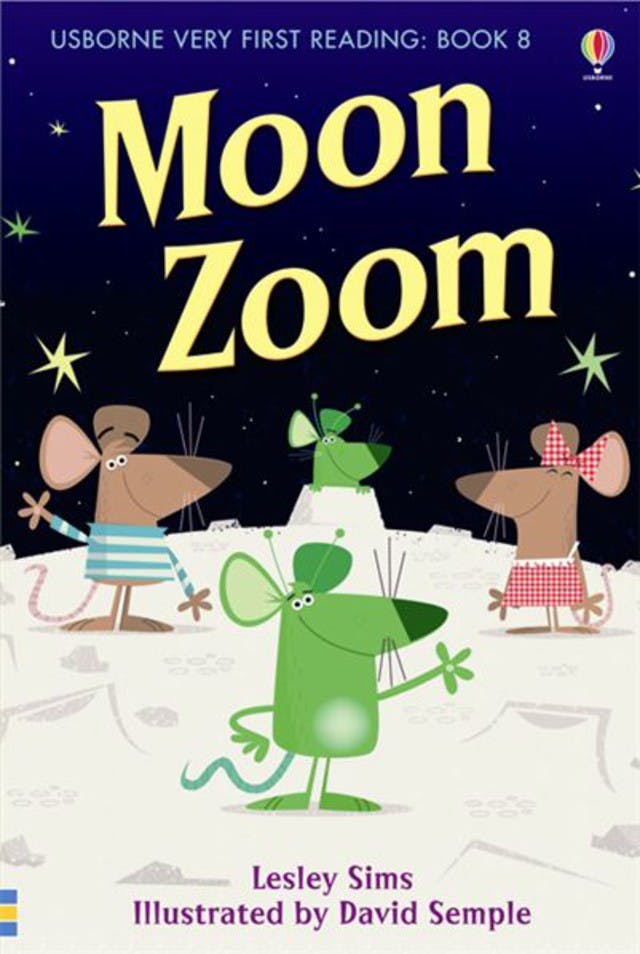
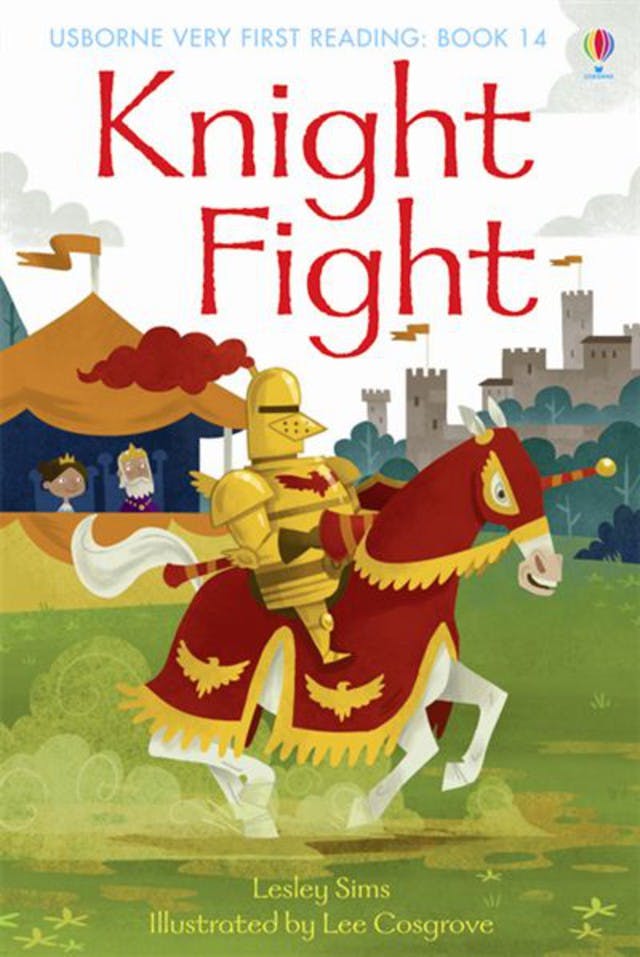
Great news! We are giving away a free ebook to children who complete each of the three stages of Teach Your Monster to Read. The books are from the Usborne Very First Reading scheme and match the reading level of that stage in the game.
Once your child has finished a stage, just click the ebook link on the gameplay screen to view the book.
Alternatively, all the available ebooks can be found within your account settings, next to the player’s name. Click the ‘More’ button and scroll down.
More about the free ebooks.
Share your love for Teach Your Monster to Read!
www.facebook.com/teachyourmonstertoread
www.twitter.com/monsterscanread
We are giving away a free ebook to children who complete each stage of the Teach Your Monster to Read game. Here’s more about books on offer.
Dog Diary (Book 4), Moon Zoom (Book 8), Fight Knight (Book 14)
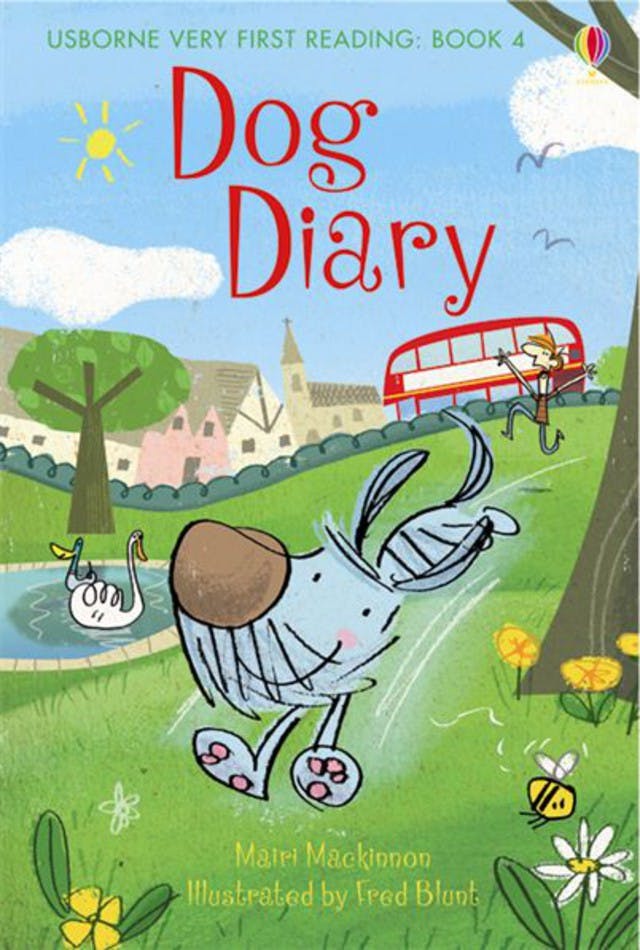
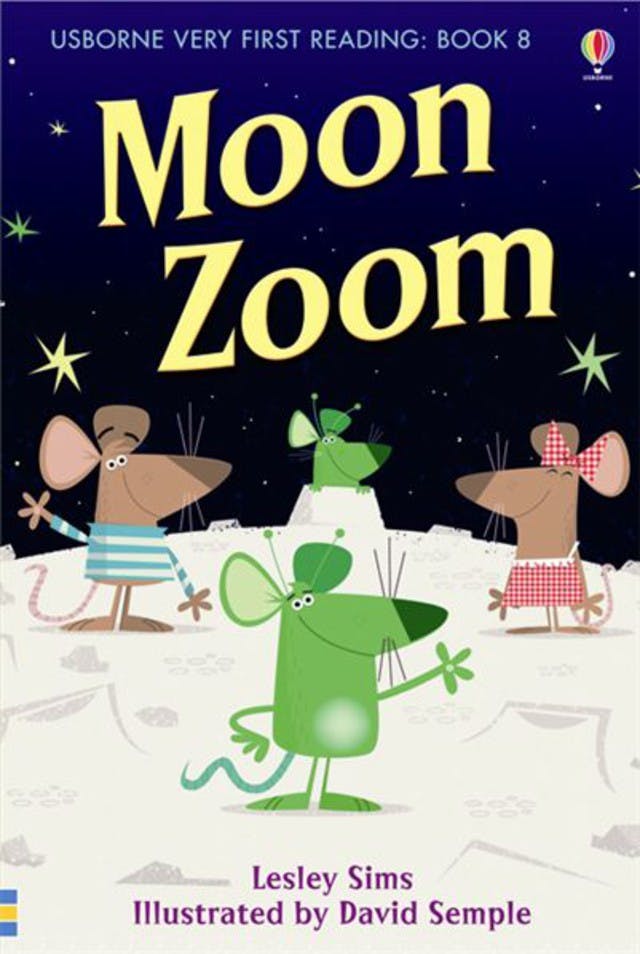

- Delightful stories to inspire beginner readers.
- Based on the principles of synthetic phonics, supports the “Letters and Sounds” programme used in thousands of UK primary schools.
- Child reads with an adult’s support, and gains practice reading longer words with groups of consonants.
- Fun puzzles test understanding, and provide opportunities for discussion and further reading practice.
Internal Dog Diary Images
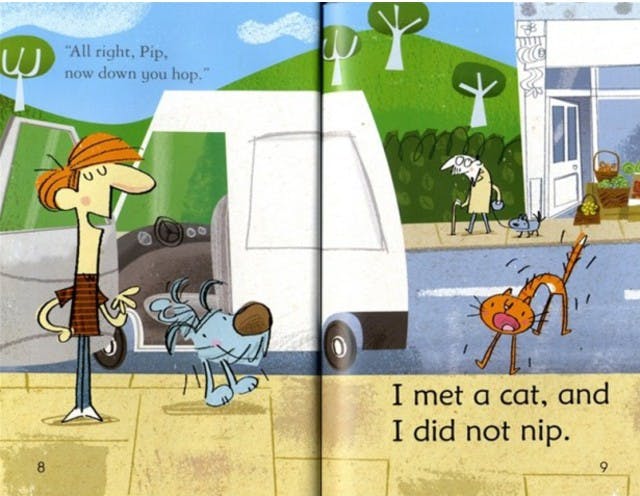
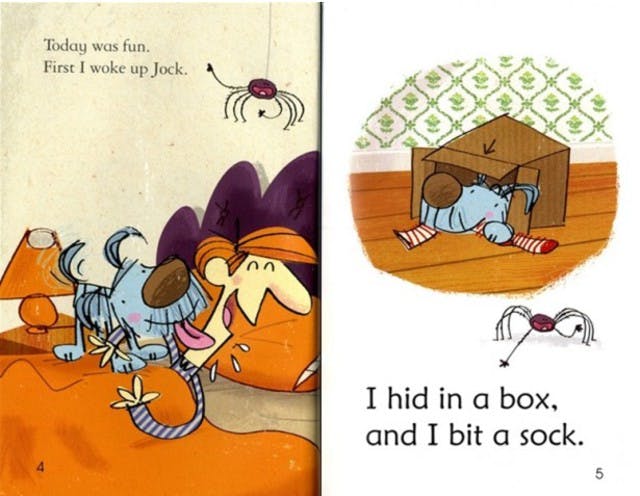

Find out more about Usborne’s Very First Reading series:
http://www.usborne.com/veryfirstreading/
We love to receive artwork from our Teach Your Monster to Read fans. The monsters below were drawn by Emma Cotton’s daughter. They were found next to her daughter after she fell asleep. The game must have been a big hit! Thank you to Emma for sending these through. They’re fantastic!
Please email your Teach Your Monster to Read drawings, paintings and designs to [email protected] and we’ll share them on our blog and social pages. Take a look at our ‘Monster Crafts’ Pinterest page for more monster related art inspiration.
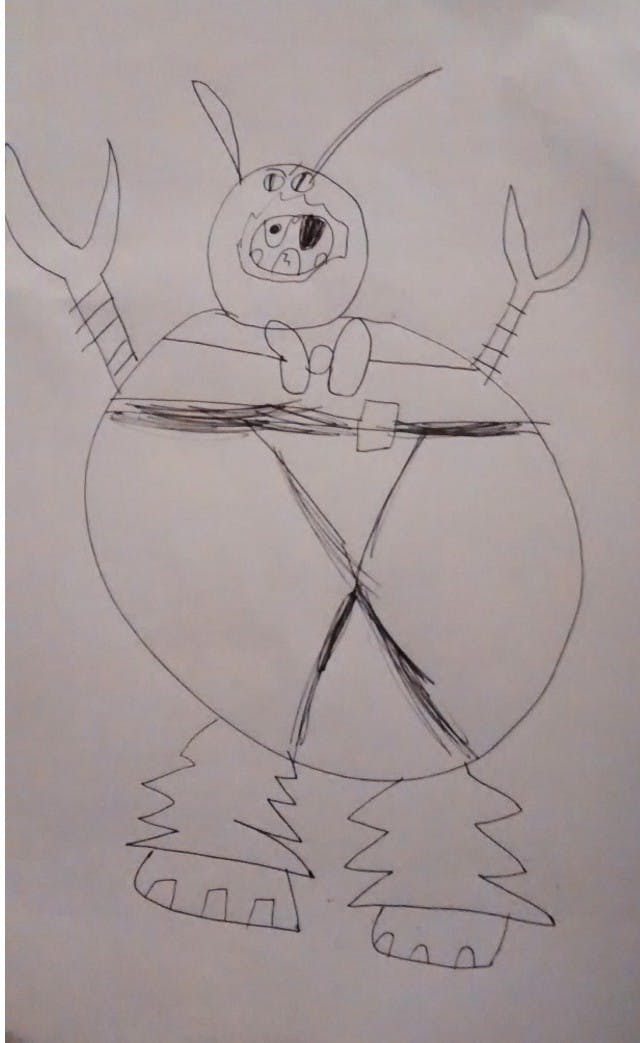
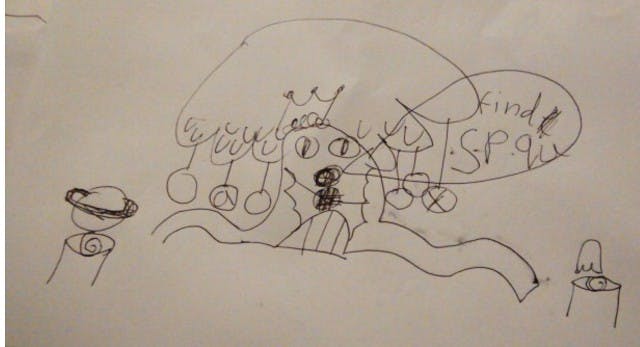
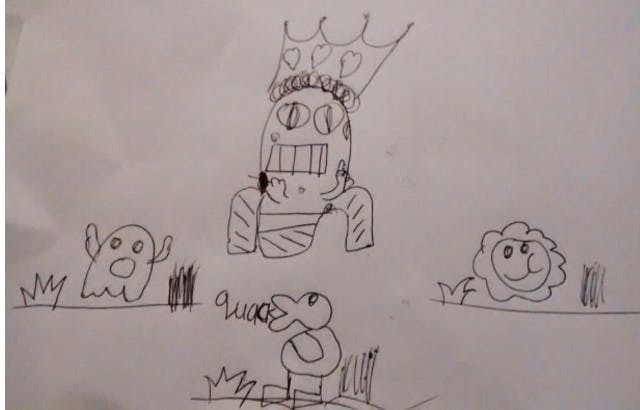
It’s good to make any area of school life fun, phonics included. Educational Consultants for Teach Your Monster to Read, Angela Colvert and Alison Kelly discuss their favourite methods for teaching phonics.
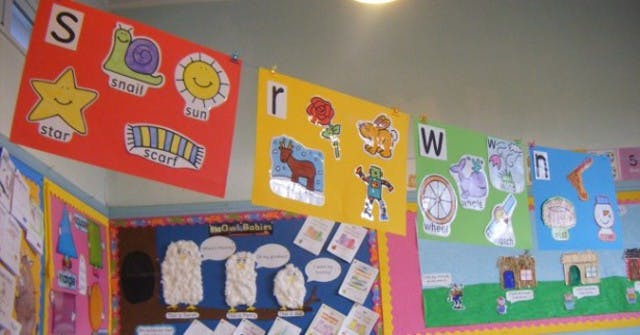
Teachers have used phonics as a method for teaching reading since Victorian times! Look at a photo of a Victorian classroom and you will see rows of children being taught to sound out letters to make words such as ‘cat’. Move forward to the 21st century and you still see children sounding out phonemes (sounds) and blending them to read (or the reverse – segmenting the phonemes and turning them into graphemes to spell).
Children learning
So what’s changed? First and foremost, we know a great deal more about how children learn and, specifically, how they learn to read. Victorian teaching was governed by behaviourist ideas with imitation and reinforcement at its heart: drilling was the order of the day. More recent learning theory (drawing from the work of Vygotsky, Bruner, Mercer and Alexander amongst many others) has taught us that children need to be active in their learning, that learning is essentially social. The importance of the teacher has not diminished but he or she is there to scaffold children’s understanding rather than drill facts into children once viewed as empty vessels waiting to be filled with knowledge.
A challenging language
The teaching of phonics in the 21st century is still based on the idea that children need to be able to crack the alphabetic code. In the case of English, it’s a tricky code because we have more phonemes than we do letters. The linguist, David Crystal, traces one reason for this: the alphabet we use was not originally intended to fit English sounds and dates back thousands of years to the Middle East where a north Semitic language very similar to Hebrew was spoken. This was passed from the Phoenicians to the Greeks and Romans. When Christian missionaries arrived in this country in the sixth century they brought the Roman alphabet with them. In addition, of course, repeated early invasions added to our linguistic pot! The resulting misfit between symbols and sounds of this opaque language means that some letters have to work overtime to address this (digraphs and trigraphs such as ch, sh, ai, igh).
Teaching reading now
As well as developing their understanding of the alphabetic code, children today must learn that reading is a wonderfully rewarding activity: they need to know that time spent cracking the code is worthwhile. Hence the amazing efforts that teachers make to provide engaging and welcoming reading classrooms. A teacher can be the best teacher of phonics in the world but if the children are not motivated to read, then all his or her efforts have been for nothing.
Whilst children in the Victorian classroom were typically learning words by rote for testing, there is much more emphasis now on applying phonic knowledge to real, authentic reading. This is why phonics is often taught today using a four-part lesson structure: ‘Revisit and Review’ (running through previously learnt knowledge); ‘Teach’ (learning a new grapheme-phoneme correspondence); ‘Practise’ (practising it in a word – either reading or spelling) and ‘Apply’ (applying the new learning in a sentence).
What else is different? Well, it’s how we teach. Teaching phonics today can be fun, active and multi-sensory. Children are not passive recipients of phonic knowledge; they should be engaging actively with it. It’s for this reason that teachers make use of a wealth of games in delivering a four-part phonic lesson. Here are just a few examples:
REVISIT AND REVIEW
- There are graphemes (letters) scattered over the classroom or playground floor. Children are given a picture and have to find the matching grapheme (or vice versa).
- Children sing songs with actions to accompany different sounds.
- Children have grapheme baseboards. When the teacher calls out a phoneme the children have to match it on their board, using a counter.
TEACH
- Teachers provide an engaging imaginative context in which to learn a new grapheme-phoneme correspondence, e.g. “Santa’s Christmas e-e-e-elf has got a special box. Can you help him find the presents that start with /e/?” (This would work well in Revisit and Review as well).
- The teacher hides the new grapheme behind a whiteboard. Children have to hiss each time it peeks out.
- The children are given little smelling pots to introduce a new sound (soap, strawberries, sweets, salt and vinegar crisps).
PRACTISE
- Full circle: the children are all given grapheme cards. They are asked to form a starting word e.g. ‘ship’ and change one phoneme at a time until the game comes full circle to ‘ship’ again (e.g. ship, chin, thin, than, can, cash, rash, rang, ring, rip, ship).
- Snowballs: a great game for practising different pronunciations of the same letter. There are alternatives attached to two buckets (e.g. ‘down’ and ‘snow’). Children have pieces of paper with words from both groups. They scrunch them up and throw their ‘snowball’ into the correct bucket.
- Bucket game: the children are in four teams. Each team has to run to a bucket which has pictures of words, for example, with the /aw/ phoneme (‘paw’, ‘lawn’, ‘saw’ e. Children run in turns to the bucket and collect a picture. They run back to team who decide on the word and make it either using post-it notes (p – aw) or magnetic letters.
Children also need plentiful opportunities to practise and apply their knowledge outside the four-part lesson. Skilful teachers leave out props and materials used in the lesson for the children to play with later. And playing is good: it reinforces understanding and supports the new learning. Watch children uncovering buried pebbles with graphemes on them; shooting grapheme ping-pong balls down a chute and returning another one with the same phoneme but different grapheme and playing teacher with the grapheme and picture cards used in the session. This playfulness is key in enhancing all the rigour of the phonics lesson itself.
Phonics is fun: enjoy!
Angela Colvert Senior Lecturer, University of Roehampton
Alison Kelly, Educational Consultant
This article was originally published on Innovate My School in June 2015
Sign up and play Teach Your Monster to Read for free!

Ewa Wilson, Deputy Headteacher at Bonners Church of England Primary School in East Sussex has used Teach Your Monster to Read with her students over the past few years. She currently teaches Year 1 and 2 and is also the SLE (Specialist Leader for ICT/Computing) at the school.
I discovered Teach Your Monster to Read while searching for phonics games online. I was looking for a fun and engaging phonics review game for students in Reception and Year 1.
Teach Your Monster to Read is relevant for key stage 1 and works as an effective additional tool for classroom phonics teaching and intervention groups. It is also free to play.
The game was a instant hit with the children. It captured the children’s imagination in an interesting and colourful way and the children just wanted to play it.
How do you use it in class?
I have used Teach Your Monster to Read in our phonics and literacy lessons, with the Reception class students, Year 1s and also with the after school reading intervention class.
We generally use the games for 20 minute individual computer sessions, 5 minute bursts (when children had some spare moments free), or as a class IWB session.
During our IWB sessions, children identify the sounds using a button within Teach Your Monster to Read that enables you to press on the grapheme so you can hear the phoneme. This works as a brilliant introduction to the sounds they will be working on that day and it also helped the children practise the sounds that appear on the screening test.
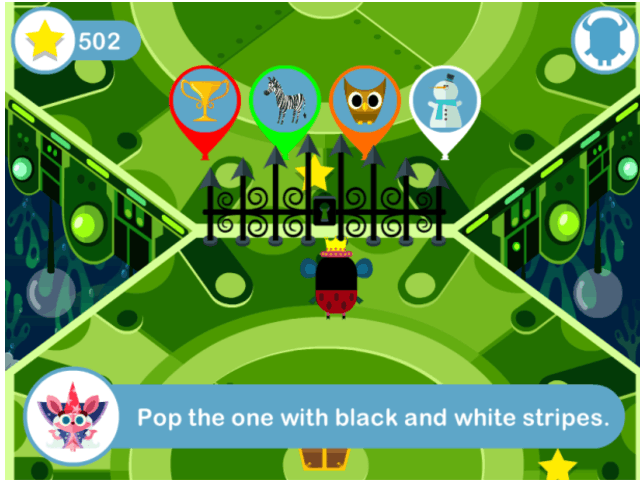
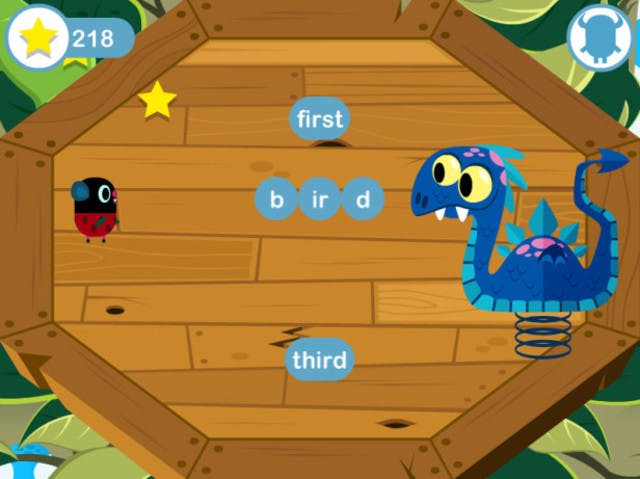
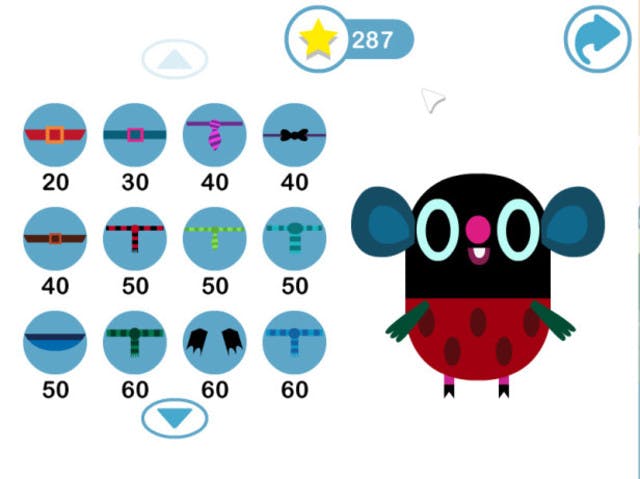
Screen shots from Teach Your Monster to Read 3: Champion Reader
Who plays the game?
The game is split into 3 levels. The reception class use the first game in the series, First Steps which is an introduction to the letter sounds, high frequency words and also includes simple blending and segmenting practice.
Even young reception class students were able to access the game, log on and go straight into playing. This accessibility encourages independent practice and also mouse control.
Year 1 students progress on to the harder levels and begin to practise sentences, learn further graphemes and phonemes and also tricky words. Game 3, Champion Reader has been particularly useful for those children who were coming up to the phonics assessment.
The game is also used in the after school intervention class. The children are always excited to show their parents their monsters and the game. It’s a good homework resource and parents can easily sign up their children to the game. It’s also simple to set up as a teacher, and there’s a parent letter that you can download and share.
Why does the game work?
What stands out for me is that children are completely engaged with the game. They are immersed in the world of Teach Your Monster to Read. It is an adventure rather than a set of stop and start mini games, so the reading practice flows along without stopping, which helps with independent learning.
The children become very attached to their monsters and want to make sure their monsters are learning to read. They also see the monster as their little learning partner, and this is one of the unique features of the game that really brings it alive.
The children are teaching their own monster to read and this is taking the pressure off their own learning. They grow in confidence because they are acting as the teacher and this confidence helps them engage with wider reading in general.
It’s so easy to use too. Sign in and off you go. Children can very easily use this at home or in the classroom, and work through it at their own speed.
How does Teach Your Monster to Read improve teaching/learning?
I noticed a big impact in their phonics knowledge, particularly when using the ‘sound button’ within game 3’s Champion Reader.
The game also helped children learn their ‘high frequency words’. These words are integrated into Teach Your Monster to Read. The children have to collect the little ‘tricky’ creatures and put them in their monster’s pocket. They see the words, and also read them within a sentence, which helps retain this new knowledge.
Progress is also monitored in the game and it is possible to see which sounds need extra work. This helps me to make an instant formative assessment of the student’s level and ability.
What difference has it has made to the classroom?
The children’s enthusiasm for Teach Your Monster to Read is astounding, and it has created a real excitement around learning to read away from the computer.
Teach Your Monster to Read can also be relied on as a homework tool. The game contains all the relevant information to help fill in the gaps in learning; high frequency words, blending and segmenting practice and lots of sentence practice.
It’s made phonics lessons more exciting, and it is a brilliant addition to a teacher’s phonics toolkit.
Going forward…
It would be very easy to integrate the game into other classroom activities; storytelling, character and personality descriptions. We’ll be using Teach Your Monster to Read in the coming year, and hope to make more of this fantastic resource.
Sign up and play for free at: www.teachyourmonstertoread.com
www.facebook/teachyourmonstertoread.com
www.twitter.com/monsterscanread
Watch the new game trailer! https://vimeo.com/129715970





















